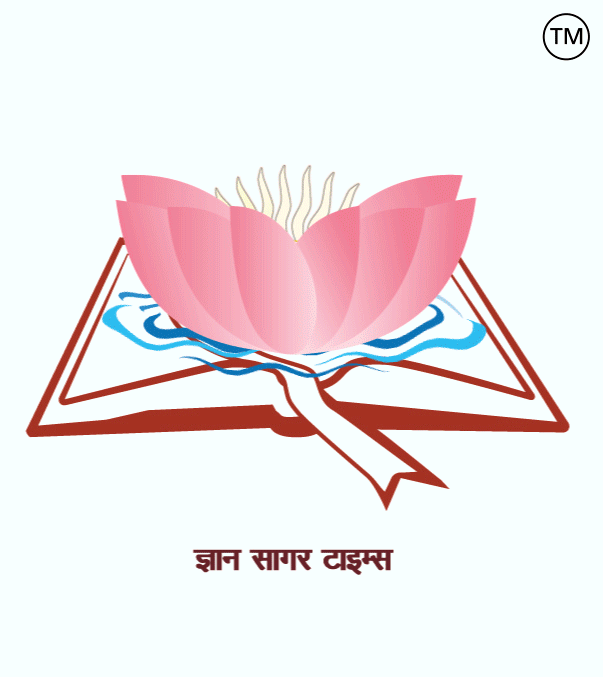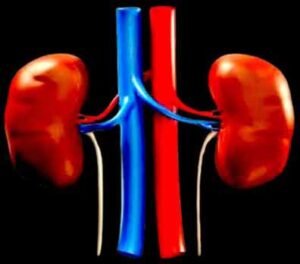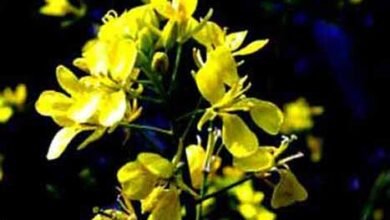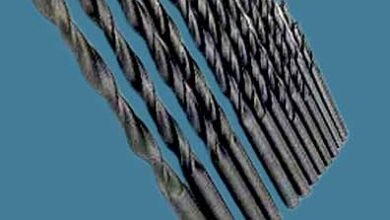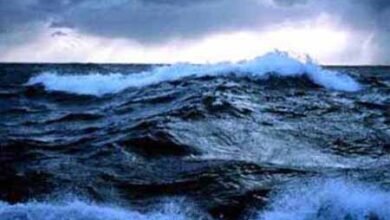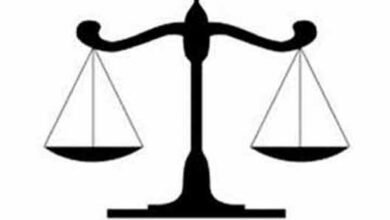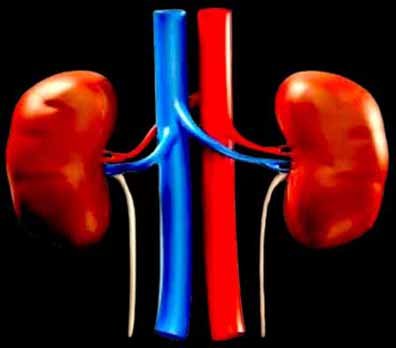
Related To Zoology – 196.
|
1. Which gland secretes the enzyme Tiling? = Salivary gland. 2. How many cartilages are found in the larynx? = 09 cartilages. 3. Who produces mucus in the human trachea? = Epithelial cells. 4. How much blood is found in a normal person? = 05 litres. 5. What is the life of an atom? = 08 -10 days. 6. What are the vessels that carry impure blood called? = Veins. 7. What is the pericardium? = It is a double membrane or sac filled with fluid that surrounds the heart, which protects it, keeps it stable and protects it from external shocks. 8. What is the function of the great vena cava? = To carry deoxygenated blood from the upper (anterior vena cava) and lower (posterior vena cava) parts of the body to the right atrium of the heart. 9. What is the process of ammonia excretion called? = Ammonotelism. 10. Which is the main excretory organ in humans? = Kidneys. 11. Where does egg production take place? = It takes place in the ovary. 12. Where does the placenta implant in the mother? = Inside the wall of the uterus. 13. Where is grey matter found? = Found in the brain and spinal cord. 14. Hormones secreted by the thyroid gland? = Thyroxine (T4) and Triiodothyronine (T3). 15. Which gland secretes adrenalin hormone? = Adrenal gland. 16. What is the total length of the alimentary canal from the mouth to the anus? = Approximately 8 to 10 meters (approximately 26 to 32 feet). 17. What is the capacity of the stomach to hold food? = 1.5 to 3 litres. 18. What is the first and smallest part of the small intestine? = Duodenum. 19. Digested food and hormones are transported in the body through what? = Blood. 20. What is the life span of a red blood cell (RBC)? = 120 days. 21. The iron compound found in hemoglobin is? = Heme. 22. The main function of RBC is? = To deliver oxygen to all the tissues of the body and to carry carbon dioxide from the body to the lungs so that it can be exhaled. 23. Which protein is essential for blood clotting? = Fibrinogen. 24. The main reason for the difference in human blood is the Glyco protein found in red blood cells (RBC), which is called? = ABO blood group antigens. 25. Which blood group is that which does not have any of the two antigens (A and B)? = It is called the O blood group. 26. Who controls insulin? = Pancreas. 27. What is the blood vessel that carries blood from the body to the heart called? = Vein. 28. What kind of blood is found in the right part of the heart, and what kind of blood is found in the left part? = Impure blood (oxygen-free blood). 29. What are the vessels that supply blood to the heart muscles called? = Coronary Arteries. 30. When the amount of which decreases, the disease called anemia occurs? = It occurs due to a deficiency of iron. =========== ========== ========== जीव विज्ञान से संबंधित-196.
1. टायलिन एंजाइम कौन सी ग्रन्थि स्रावित करती है? = लार ग्रन्थि. 2. स्वर यंत्र में कितनी उपास्थि पाई जाती हैं? = 09 उपास्थि. 3. मनुष्यों की श्वासनली में श्लेष्मा का निर्माण कौन करता है? = उपकला कोशिकाएँ. 4. सामान्य व्यक्ति में कितना रक्त पाया जाता है? = 05 लीटर. 5. बिंबाणु का जीवनकाल कितना होता है? = 08 -10 दिन. 6. अशुद्ध रुधिर को प्रवाहित करने वाली वाहिकाएँ क्या कहलाती हैं? = वाहिकाएँ शिरायें (Veins). 7. हृदयावरण क्या है? = हृदय के चारों ओर मौजूद एक तरल पदार्थ से भरी दोहरी झिल्ली या थैली है, जो हृदय को सुरक्षित रखती है, स्थिर रखती है और बाहरी आघातों से बचाती है. 8. महाशिरा का क्या कार्य होता है? = शरीर के ऊपरी (अग्र महाशिरा) और निचले (पश्च महाशिरा) हिस्सों से ऑक्सीजन रहित रक्त को हृदय के दाहिने अलिंद में पहुंचाना है. 9. अमोनिया उत्सर्जन की प्रक्रिया क्या कहलाती है? = अमोनोटेलिज्म (Ammonotelism). 10. मानव में मुख्य उत्सर्जक अंग कौन सा है? = वृक्क (गुर्दे). 11. अण्डाणु निर्माण कहां होता है? = अंडाशय (Ovary) में होता है. 12. माता में प्लेसैंटा का रोपण कहाँ होता है? = गर्भाशय की दीवार के अंदर होता है. 13. धूसर द्रव्य कहाँ पाया जाता है? = मस्तिष्क और रीढ़ की हड्डी में पाया जाता है. 14. थाइराइड ग्रन्थि द्वारा स्रावित हार्मोन ? = थायरोक्सिन (T4) और ट्राईआयोडोथायरोनिन (T3). 15. एड्रिनलीन हार्मोन का स्राव किस ग्रन्थि के द्वारा किया जाता है? = अधिवृक्क ग्रन्थि (Adrenal Gland). 16. मुख से मलद्वार तक आहारनाल की सम्पूर्ण लम्बाई लगभग कितनी होती है? = लगभग 8 से 10 मीटर (लगभग 26 से 32 फीट) होती है. 17. आमाशय की आहार धारण करने की क्षमता कितनी होती है? = 1.5 से 3 लीटर. 18. छोटी आंत्र का पहला एवं सबसे छोटा भाग कौन-सा होता है? = ग्रहणी (Duodenum). 19. पचे हुए भोजन एवं हार्मोन का शरीर में संवहन किसके द्वारा होता है? = रक्त द्वारा होता है. 20. लाल रक्त कण (RBC) का जीवन काल कितने दिनों का होता है? = 120 दिनों का होता है. 21. हीमोग्लोबिन मे पाया जाने वाला लौह यौगिक है? = हीम (Heme). 22. आरबीसी का मुख्य कार्य होता है? = शरीर के सभी ऊतकों तक ऑक्सीजन पहुंचाना और शरीर से कार्बन डाइऑक्साइड को फेफड़ों तक ले जाना है, जिससे उसे बाहर निकाला जा सके. 23. रक्त का थक्का बनने के लिए अनिवार्य प्रोटीन होता है? = फाइब्रिनोजन. 24. मनुष्य के रक्तों की भिन्नता का मुख्य कारण लाल रक्त कण (RBC) मे पायी जाने वाली ग्लाइको प्रोटीन है, उसे कहते हैं? = ABO रक्त समूह प्रतिजनों (Antigens). 25. जिसमे दोनों (A तथा B) मे से कोई एण्टीजन नहीं होता है, उसे कौन-सा रूधिर वर्ग कहतें है? = O रुधिर वर्ग कहते हैं. 26. इंसुलिन कौन नियंत्रित करता है? = अग्न्याशय (Pancreas). 27. शरीर से हृदय की ओर रक्त ले जाने वाली रक्त वाहिनी को क्या कहते हैं? = शिरा (Vein). 28. हृदय के दायें भाग मे अशुद्ध रक्त तथा बायें भाग मे कौन-सा रक्त होता है? = अशुद्ध रक्त (ऑक्सीजन रहित रक्त) होता है. 29. हृदय की मांसपेशियों को रक्त पहुंचाने वाली वाहिनी को क्या कहते हैं? = कोरोनरी धमनियाँ (Coronary Arteries). 30. किसकी मात्रा कम होने पर रक्त क्षीणता (एनीमिया) नामक रोग होता है? = आयरन की कमी के कारण होता है.
|

